The 2010s were a decade of change for me. I started my professional career. I got married. I had a daughter. All of that stuff changes you, in some ways grander than others. But the way in which I’ve interfaced with art over the last decade has had a profound and positive impact on my life. I started Sequential State in 2014 and writing through that project has led me here today. The founding of Fieldmouse Press, the start of SOLRAD; my work on these major projects is predicated on my love for comics and for the people who make them.
It was very difficult to write this list. For the last 5 years I’ve eschewed “Best Of” lists.There’s a finality that I distrust, especially since there is far too much to read and far too little time with which to read it in. But that rule is a rule I made for myself, on a site where I make the rules. One of the things about moving into someone else’s house is that you’ve got to follow their rules. That’s also part of the joy of SOLRAD – having an editor who is as demanding of me as I am of myself.
Some notes about my list:
- Books are listed in alphabetical order by title. It was hard enough making this list, let alone ranking its occupants.
- I made this list in a series of passes; my raw list without edits or cuts was over 275 books long. So in addition to this list, I’m also making my final pass list, which is over 100 comics, available to view at my own website (although only the top 20 are reviewed here).
- There are some notable exclusions from this list that others will cover during this week. Much of this is because I’m behind on my reading (and in the case of some books, because I couldn’t bear to read the book for more than a few seconds… I’m looking at you Tom Hart).
Being the publisher for SOLRAD does have some benefits – I get to see the amazing work that will be coming to you prior to publication. So I’ve read every list, and I have to say that each of the lists in this week’s roundup is as unique as its author. I’m fascinated with how little overlap there is between them. That said, I hope you enjoy mine. Welcome to SOLRAD. I’m excited to see what we can do together.
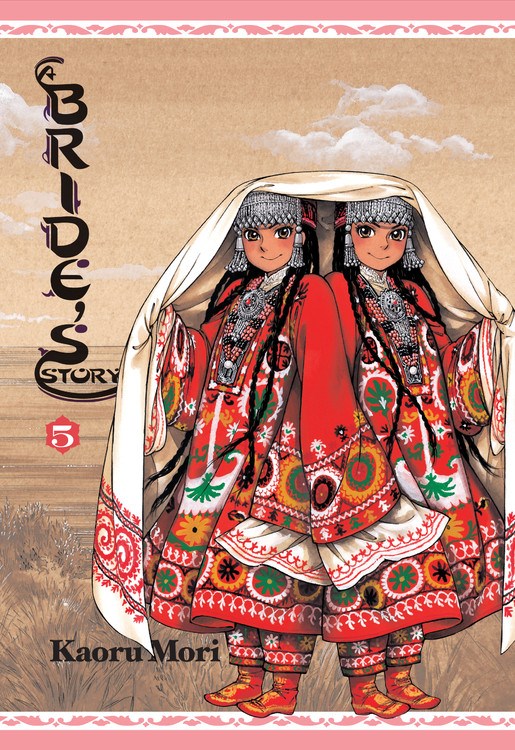
A Bride’s Story by Kaoru Mori (Yen Press, 2011-present) -Kaoru Mori has specific tastes, and she wallows in them. A Bride’s Story is undeniably some of the best being translated into English from Japan. Initially featuring a mismatched couple living in the 19th century Middle East, the comic has expanded into multiple side stories and adventures. Now 11+ volumes deep, A Bride’s Story is the gift that keeps on giving. The unabashed pleasure that Mori gets from making this insanely detailed, gorgeous, historical comic makes it almost uncomfortable to look at. Kaoru Mori doesn’t just wallow in her pleasures – she makes you wallow in them too.
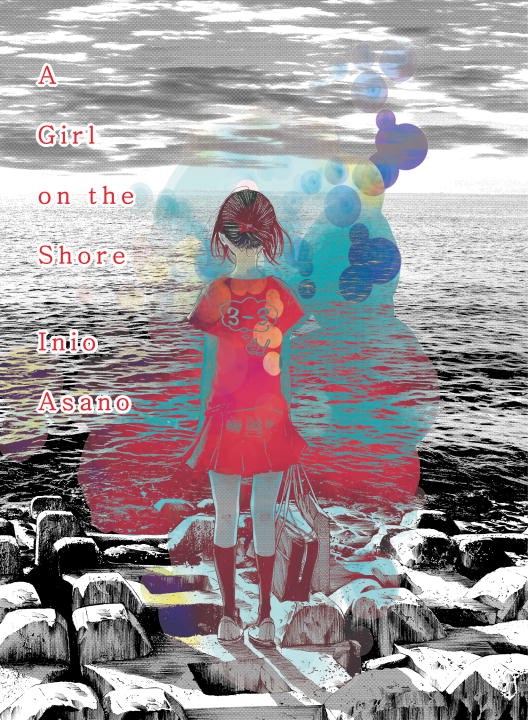
A Girl on the Shore – Inio Asano (Vertical Comics, 2016) – Inio Asano is a cartoonist obsessed with faltering, hurting people. A Girl on the Shore may be one of his shortest works, but it’s also his most brilliant, featuring the sexual relationship of two teenagers who have broken emotional connections, using each other for personal reasons. Asano is a masterful illustrator, yes, but the cohesion of A Girl on the Shore is where it blossoms; of all the fiction I read in the 2010s, this was the piece that was the most raw and the most painful.
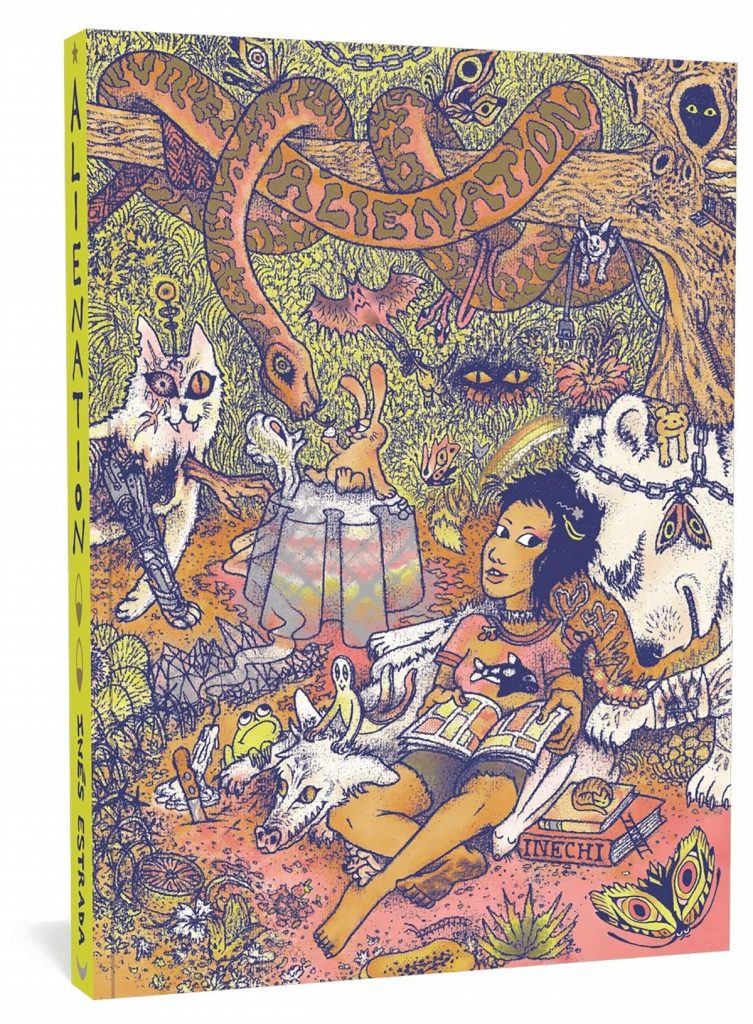
Alienation – Inés Estrada (Fantagraphics, 2019) – Inés Estrada has her fingers on the pulse of the future. Alienation imagines a world 30 years from now that carries exploitation capitalism to its furthest extremes. It’s a terrifying vision, and you could call Alienation a horror comic if it didn’t seem like just two steps forward from where we are now. Her beautiful earthy illustration and experimentation pay huge dividends in this series of minicomics, now published as a collected edition from Fantgraphics.
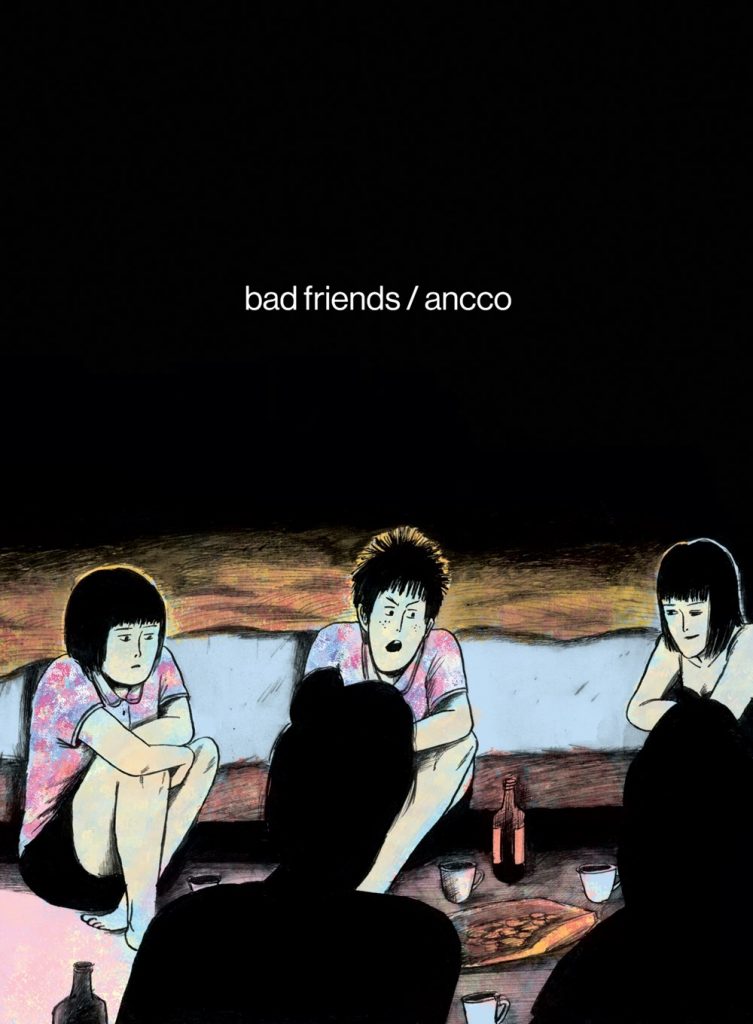
Bad Friends – Ancco (Drawn & Quarterly, 2018) – Ancco’s Bad Friends was an unexpected pleasure in 2018 – if you count violence, misogyny, and gut-wrenching storytelling pleasurable. Bad Friends is beautiful but horrible, powerful and upsetting. While the subject matter is harsh and hard to take, Ancco’s cartooning is brilliant in the way that it captures quiet moments, and the way it lays bare all of the wretchedness of people.
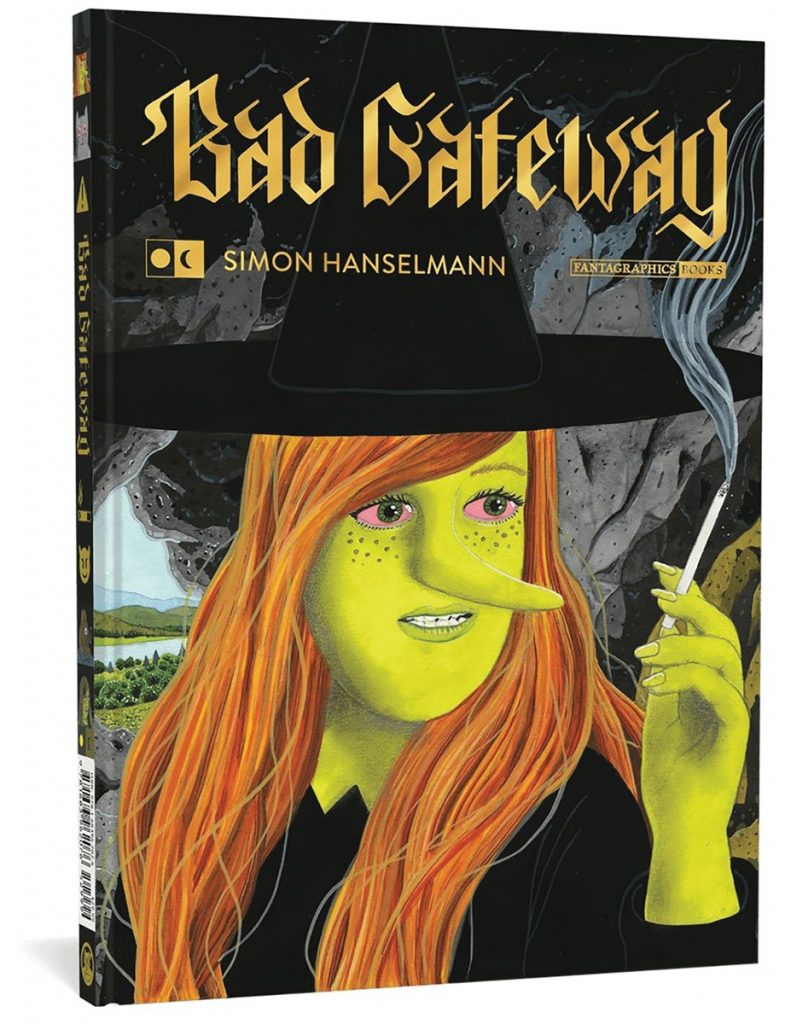
Bad Gateway – Simon Hanselmann (Fantagraphics, 2019) – The 2010s were a decade of Megg, Mogg, and Owl. Simon Hanselmann’s girlmountain tumblr account was a mainstay of alternative comics in the middle of the decade, and his combination of stoner humor and black humor is undeniably the humor of our times. Hanselmann’s faculty with humor is in large part the reason he can plumb the depths of the human experience, and Bad Gateway does this best of all; it looks into the human abyss and sees its true shape.
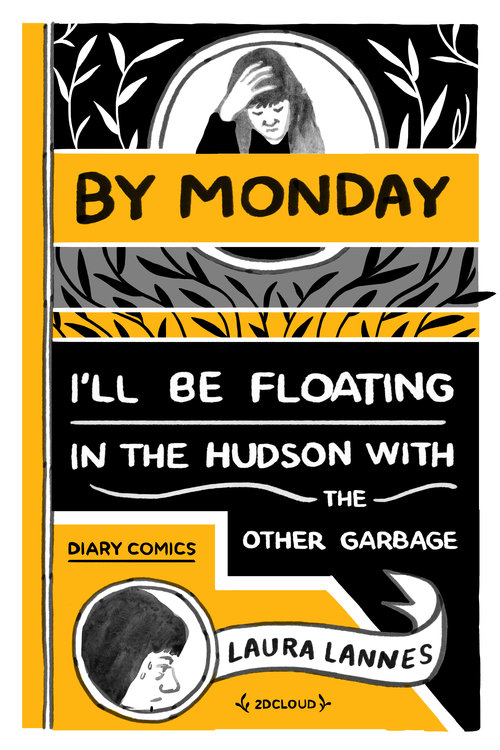
By Monday I’ll Be Floating in the Hudson With The Other Garbage – Laura Lannes (2d cloud, 2017) – Laura Lannes garners a spot on this list because of her wit and because of her refusal to sand down the edges of her storytelling. By Monday I’ll Be Floating in the Hudson With The Other Garbage is a book that is full of the hard and dirty It is unflinching in its approach to memoir, both with its candidness and its vulnerability. By Monday… recognizes the beauty of interpersonal relationships and also the absurdity of them. By Monday… is smartly observed, heartbreaking, and funny. It’s a combination that cements Lannes as one of the premier comics memoirists of the 2010s.
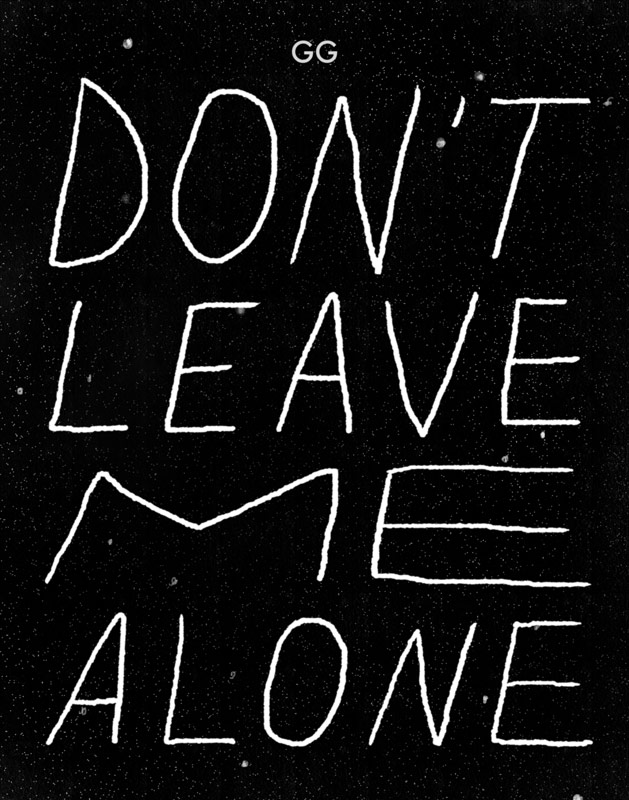
Don’t Leave Me Alone – GG (self-published, 2014) – The Canadian cartoonist GG came up through the Comics Workbook Composition Competition, and her work is simultaneously fragile and fierce. Don’t Leave Me Alone is no exception, where the violence of hierarchical systems is echoed up through family. I remember being shocked by GG’s use of color in this short comic, and still am.
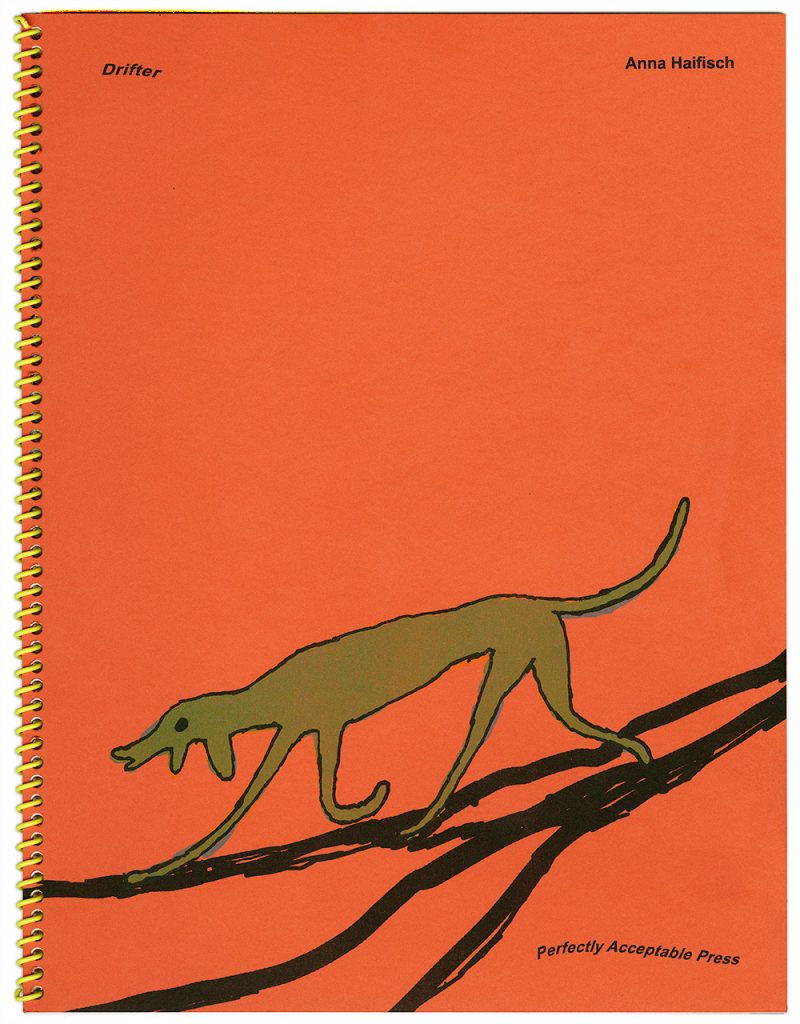
Drifter – Anna Haifisch (Perfectly Acceptable Press, 2017) – While many of the comics in this list push at the formal boundaries of comics, few pushed the physicality of comics like Anna Haifisch’s Drifter. Drifter is a massive spiral bound print object, a comic that demands you pay attention to it because it sure as hell isn’t fitting onto your bookshelf. Drifter is a perfect image of generational depression and restlessness that makes you handle it and experience it on its own terms. Haifisch is a cartoonists’ cartoonist, and this short work shows her mastery of the form.
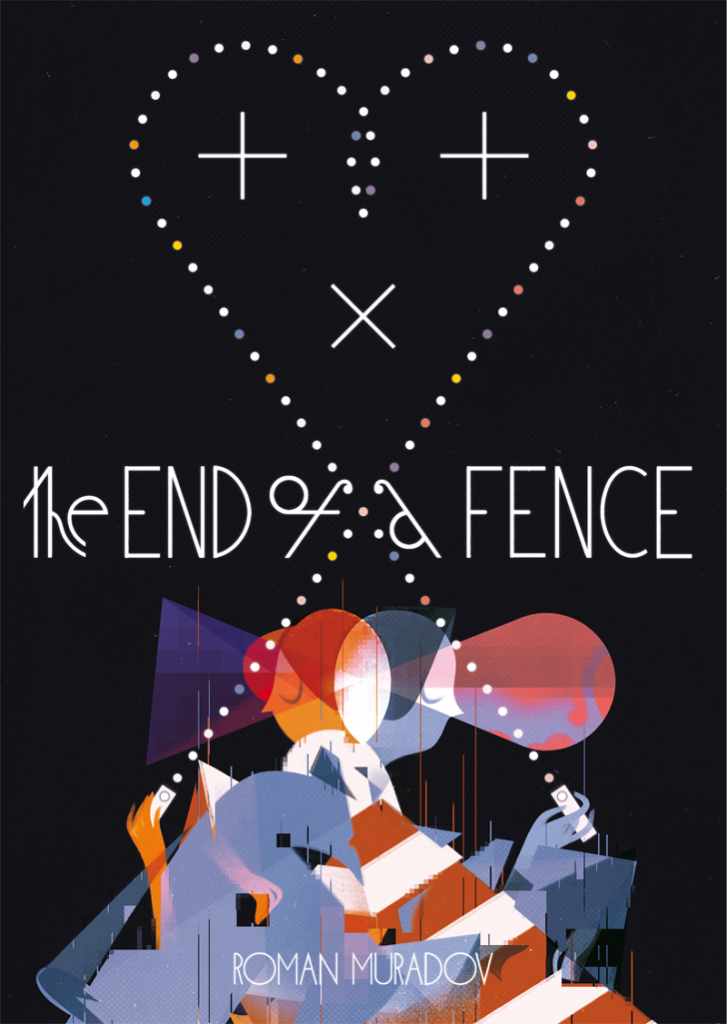
End of a Fence – Roman Muradov ( kuš! komikss, 2015) – Roman Muradov’s cartooning is like a rose bush – beautiful at a distance, but the closer you get, the more dangerous it becomes. With End of a Fence he creates a lush, frightening version of the future where the deepest darkness of humanity still prevails over powerful tools that digitize living spaces, or extract and compress memory for archival. This is a terrible book, and I mean that in the biblical sense; End of a Fence is unlike much else published this decade.
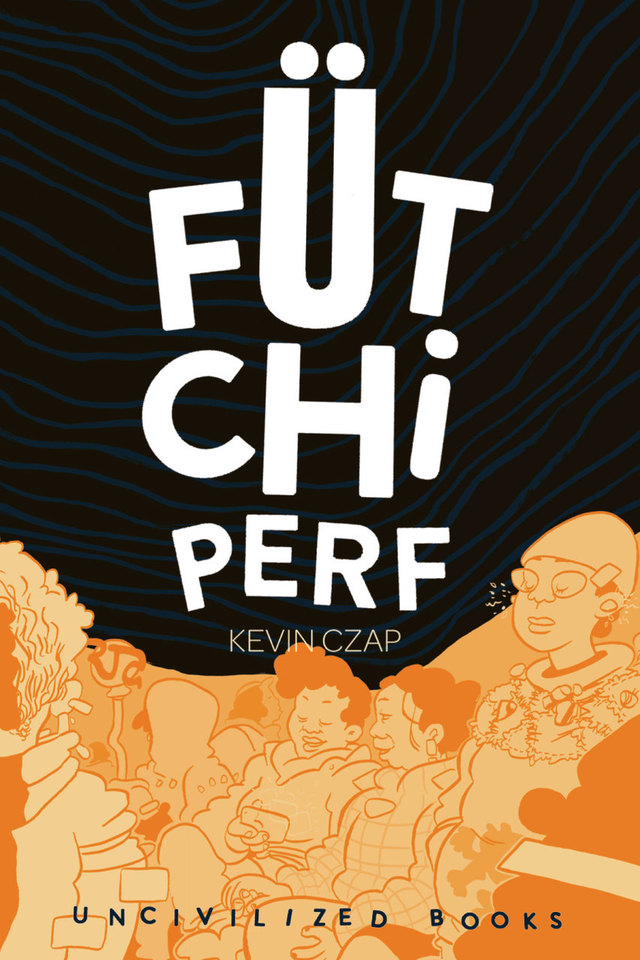
Fütchi Perf – Kevin Czap (Uncivilized Press, 2017) – Beautiful, emotive, poetic – all these words could be used to describe Kevin Czap’s oeuvre. But with Fütchi Perf, Czap also explores the strength of purpose found in community, the struggles of existing in a human body, and the way that love centers the human experience. Fütchi Perf is not a happy book, but it is joyful, a picture of an achievable utopia. We need Fütchi Perf now more than ever.
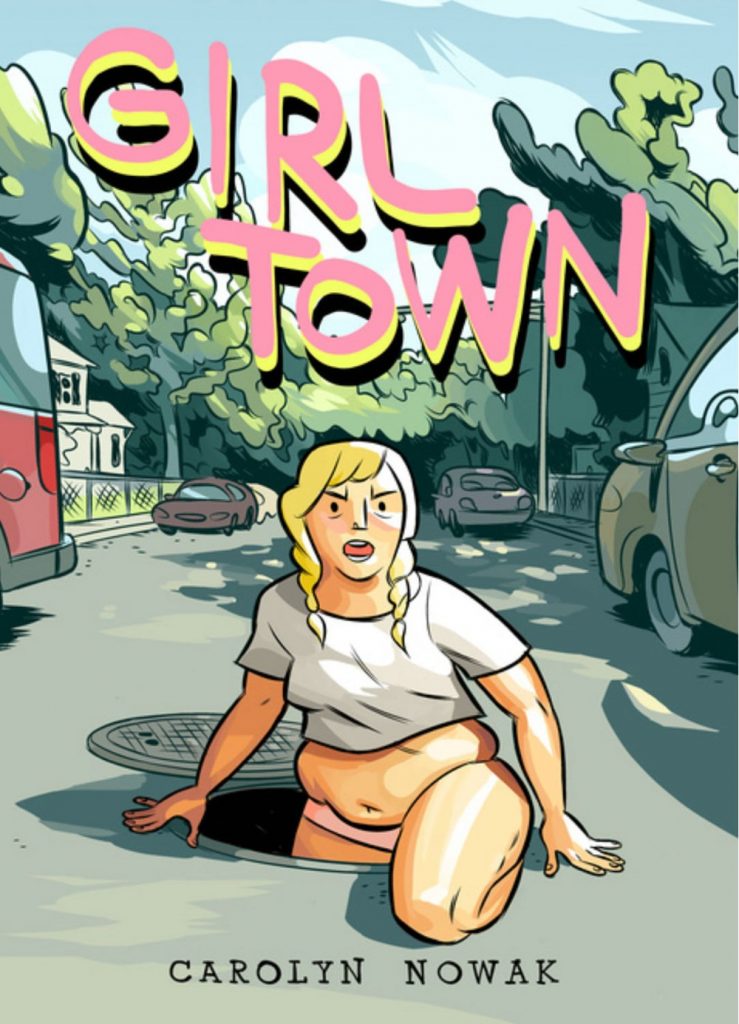
Girl Town, by Casey Nowak (Top Shelf, 2018) – Casey Nowak exploded onto the comics scene in the ‘10s, and has won 3 Ignatz Awards during that time frame. The work collected in this personal anthology details the trauma of women, their relationships with one another, and the ways in which they attempt to find connections in a difficult world. Nowak builds something resonant and lasting, and Girl Town is work that I will be hard pressed to forget.
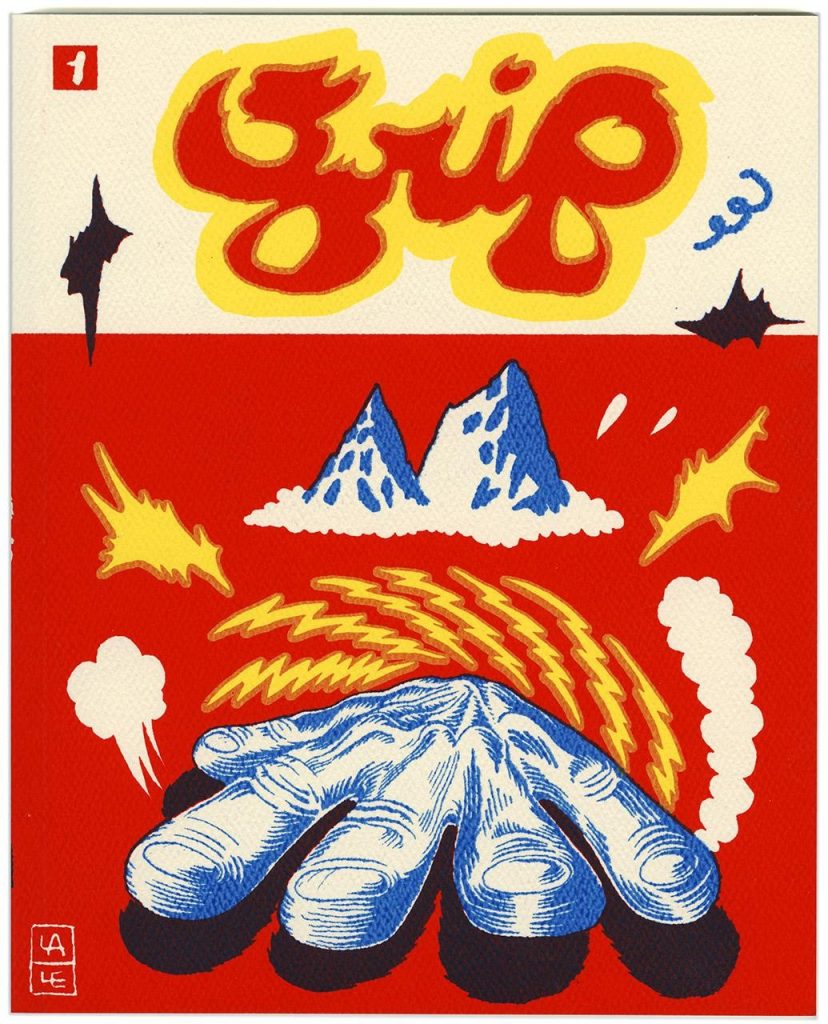
Grip – Lale Westvind (Perfectly Acceptable Press, 2017-2019) Lale Westvind’s Grip is a tour de force of a comic, full of the joy of doing, of the strength and fortitude of women doing manual labor and working in the trades. The pages hum with unadulterated power. Grip is frenetic and spellbinding, a book that refuses to be let go until it is done with you.
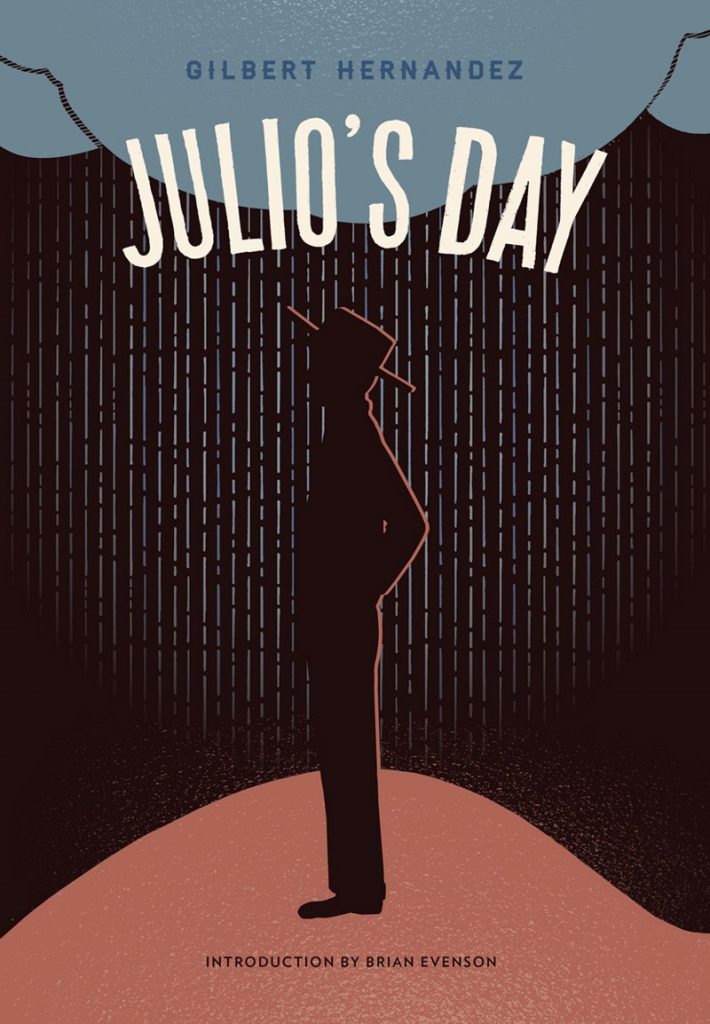
Julio’s Day – Gilbert Hernandez (Fantagraphics, 2013) – Julio’s Day is comics’ Great American Novel. Gilbert Hernandez commands the page with emotive, hardscrabble storytelling detailing the movement of generations, the suffering of people, and the beauty of the world even amongst all its horrors.The construction of the book and its small formalist moments, its mirrored beginning and end, its length, all serve a larger moment and conversation about the pains and joys of living.
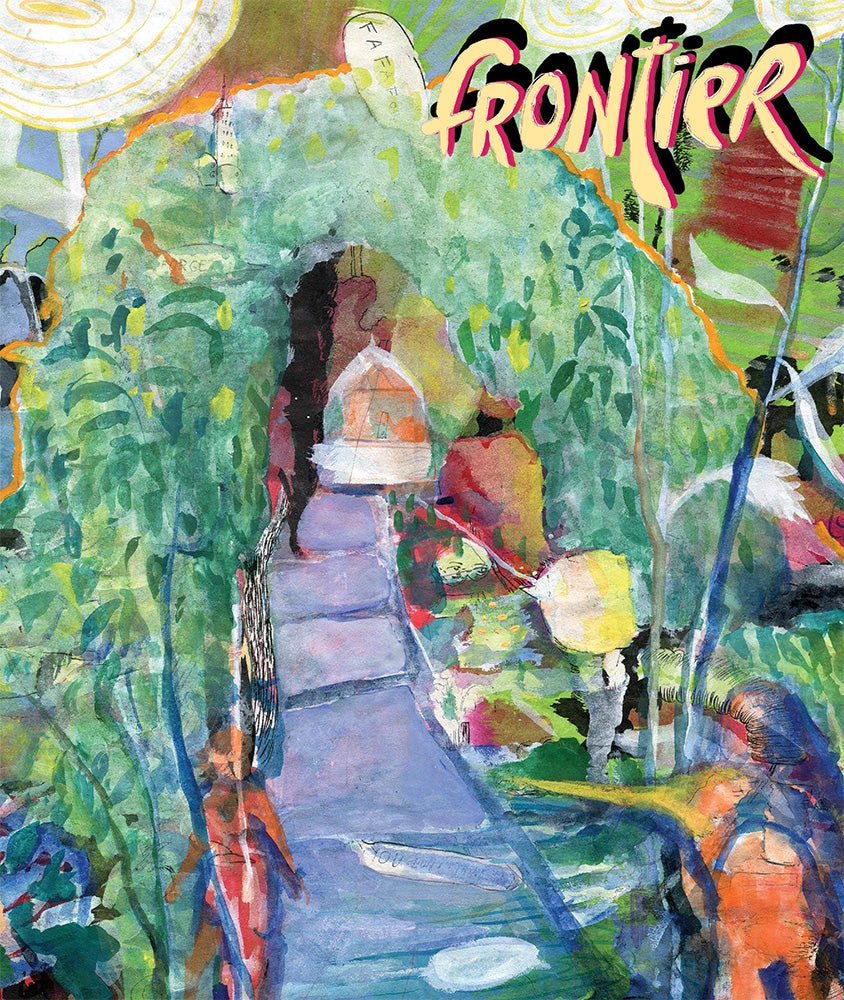
Mother’s Walk (Frontier #17) – Lauren Weinstein (Youth in Decline, 2018) – In one of the more deeply intimate comics published in 2018, Lauren Weinstein asks the question “What is a baby?” Her meditation on giving birth and on the insecurities of living and parenthood are heartfelt and complex. As a parent, I find this comic overwhelming. Mother’s Walk flays me, lays me open. What more is there to ask from a work of art?
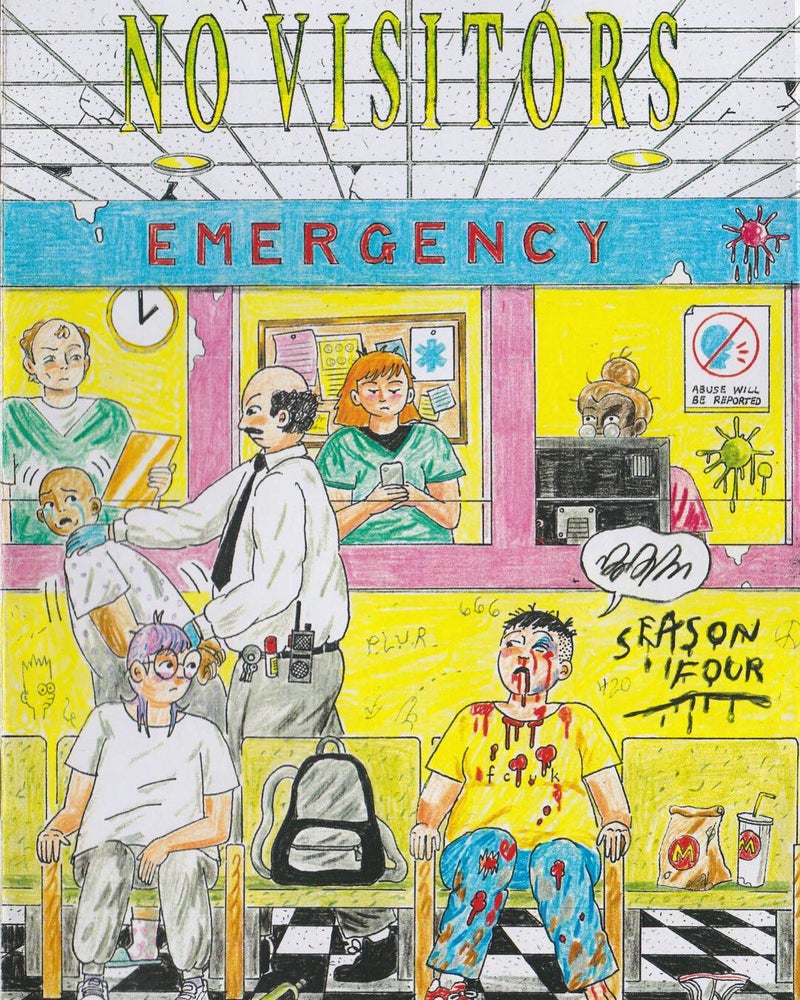
No Visitors / Incision / Sonogram – HTMLflowers (self-published, ongoing) – Lack of justice and accountability in the healthcare system have become a major theme of the last few years of the ‘10s, and no cartoonist captures that better than HTMLflowers. HTMLflowers’ comics about disability, chronic illness, and the evils of medical care for pay are ruthless and unsparing. Whether through the more humorous No Visitors, which uses HTMLflowers’ avatar Little to poke fun at the system, or through Incision/Sonogram, which show his experiences with the system in a harrowing and personal way, HTMLflowers’ work is a clarion call in a muddled world.
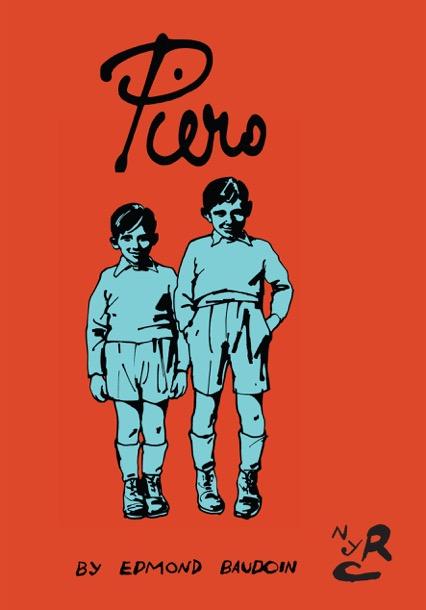
Piero – Edmond Baudoin (New York Review Comics, 2018) – In Piero, Edmond Baudoin tells a personal story of family and growing. Full of remarkable drawings that display an inner warmth and power, Piero is a book you want to read again and again. Baudoin’s two young boys grow into young men, and in this growth and change we see the treasure of close relationships, of fraternity, and most importantly, of love. Piero is a love letter, both from Baudoin to his brother, but, more importantly, it is also a love letter to art-making.
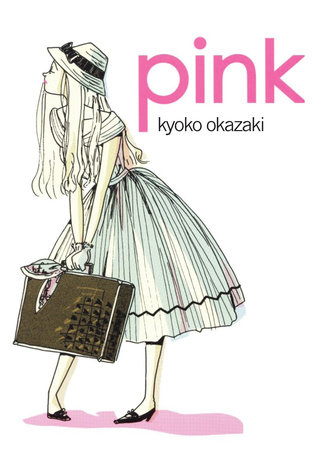
Pink – Kyoko Okazaki (Vertical Comics, 2013) – Pink is the comic that made me fall in love with josei, a category of Japanese comics written for young women. Written in the boom of the 1980s but published in English for the first time in 2013, Pink’s capitalist excess felt like a comic made for our time; it was a prescient vision of the world as it recovered from the Great Recession of the 00’s. Pink‘s tragedies and victories are so compelling, so ostentatious, and ultimately, so warped, that you can’t help but be drawn in. Kyoko Okazaki’s cartooning is brilliant and sparse, always exactly what is needed and not a drop more.
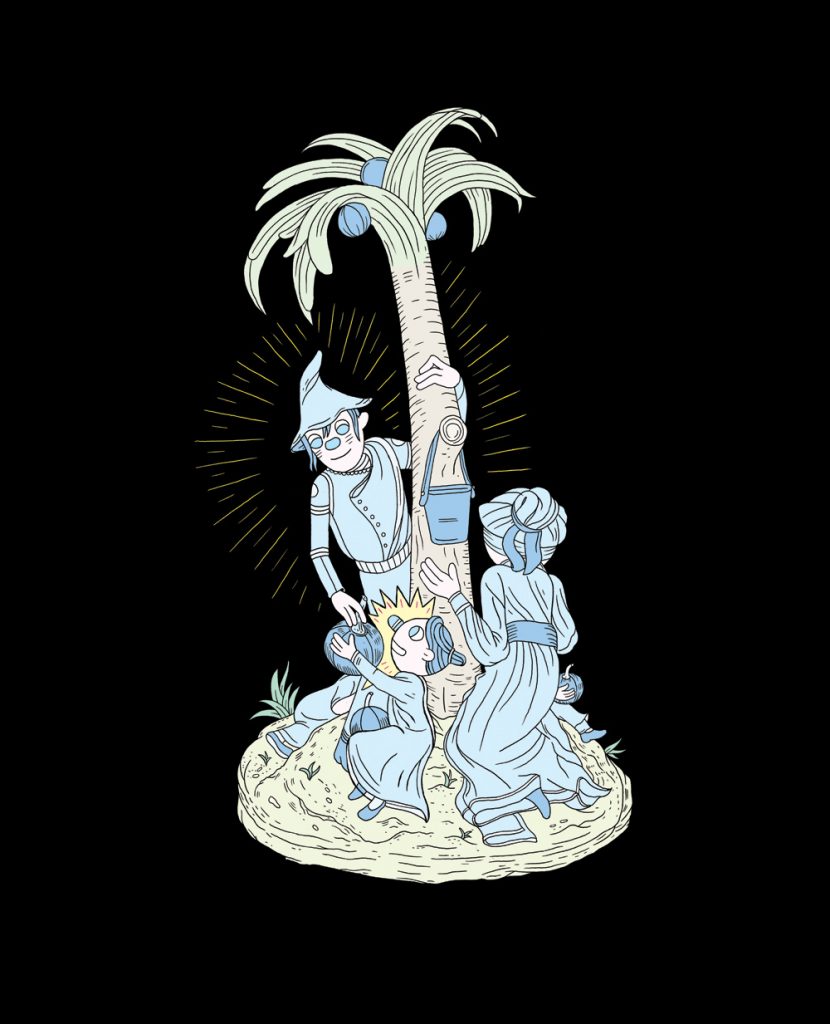
The Weaver Festival Phenomenon – Ron Regé (self-published, 2018) – The Weaver Festival Phenomenon is the perfect encapsulation of Ron Regé’s esoteric oeuvre. An adaptation of Banana Yoshimoto’s Moonlight Shadow, Regé speaks of resurrection and remembrance and grief. Regé’s characteristic thin line emphasizes the infinity of the human experience as encapsulated within The Weaver Festival Phenomenon and creates in me an awe and wonder. This book is a reminder that we can only know this world in part; that truth lies beyond vision.
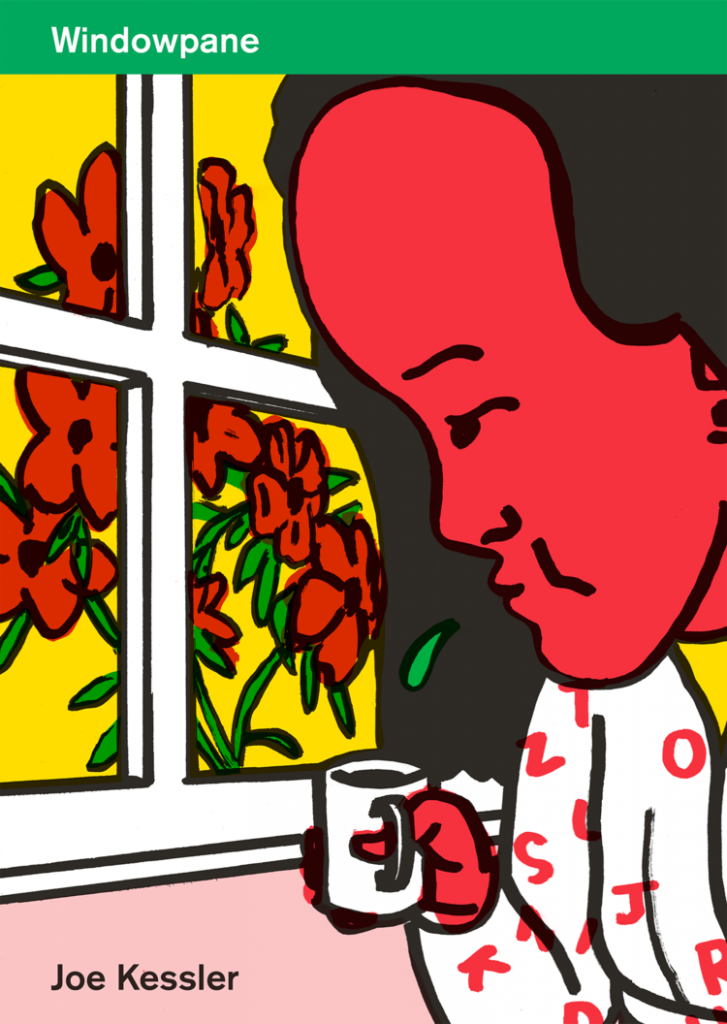
Windowpane – Joe Kessler (Breakdown Press, 2018) – Joe Kessler has been making issues of Windowpane individually throughout the 10’s and published a new collection of the series earlier this year. Each chapter of the book is an individual story, although you could likely write an entire essay on the way that these stories interact with one another. There’s a plasticity to these comics and a formal inventiveness to Windowpane that is beyond the expected. This work approaches the comics form with love in one hand and a sledgehammer in the other. As an art object and aesthetic experience, Windowpane is quite possibly the most beautiful comic published in the 2010s.
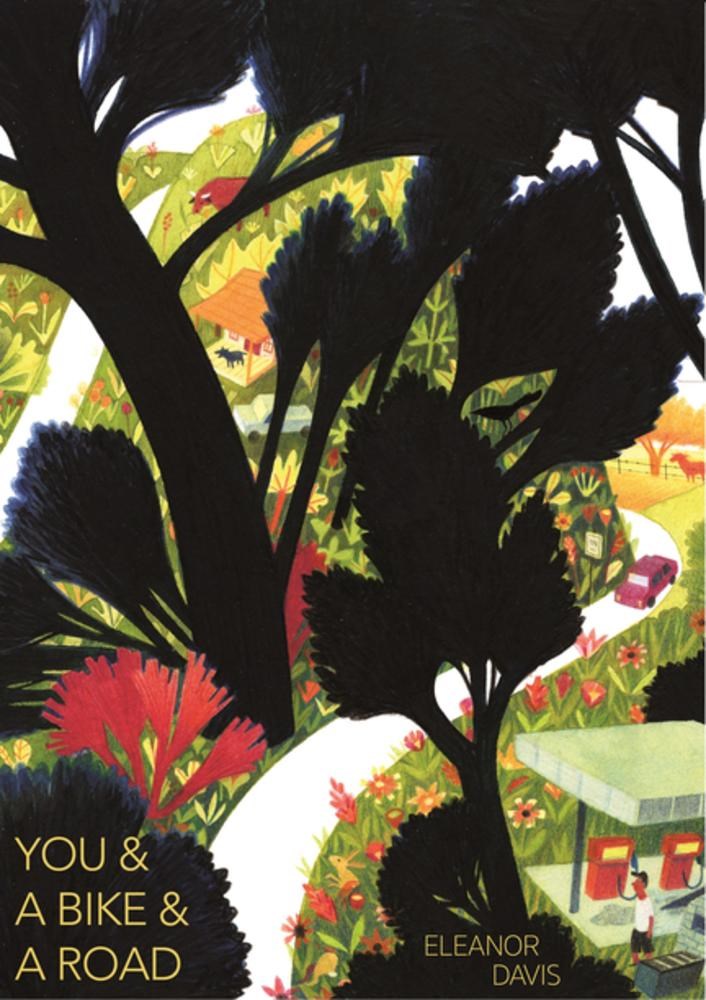
You & A Bike & A Road, by Eleanor Davis (Koyama Press, 2017) – In terms of comics of merit or note, the 2010s belonged to Eleanor Davis. Her 2017 collection You & A Bike & A Road eschews her skillful coloring for a warm and wandering penciled page full of kind people, dangerous places, and the sense that all is not right with the world. Full of hope and anxiety and the desire to grind the badness out of your own head by brute force, You & A Bike & A Road is a testament to the human spirit.
READ MORE


Leave a Reply